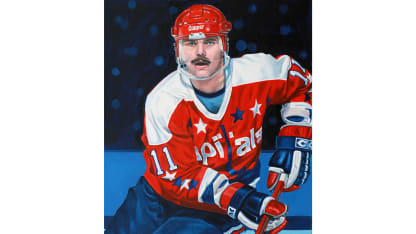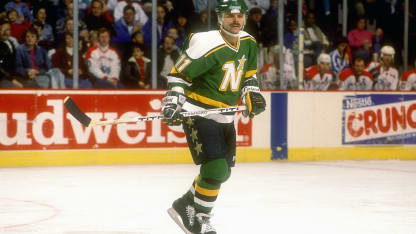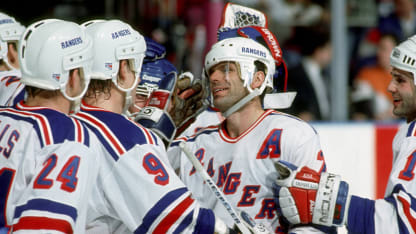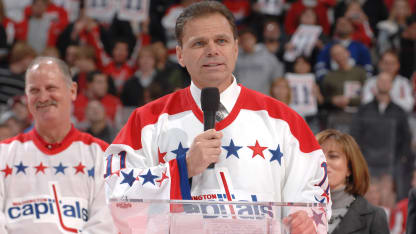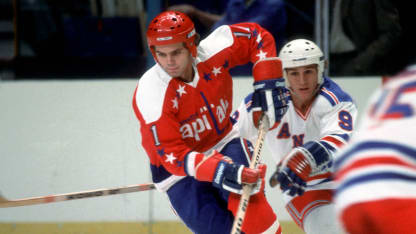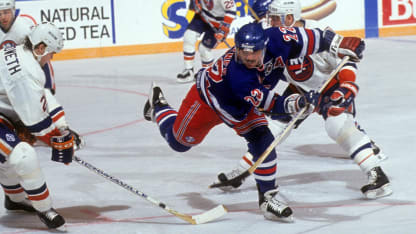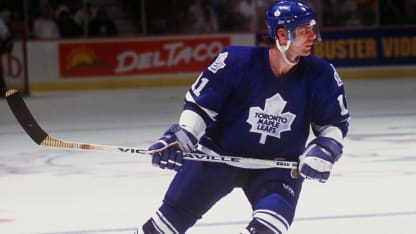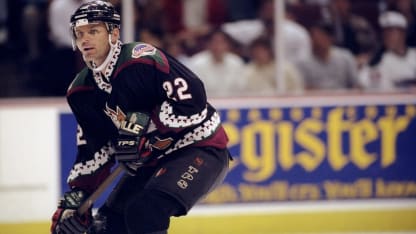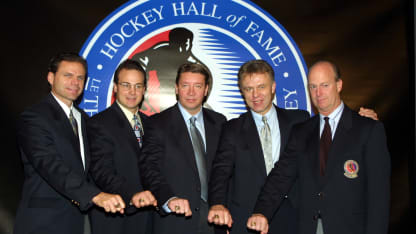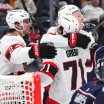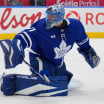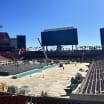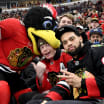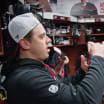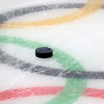"There's no other player from our era that I remember who could come full speed down the right wing and take a slap shot that was so hard, it was either going in or was going to kill the goalie," former teammate Craig Laughlin told Tarik El-Bashir of
The Washington Post with perhaps only a teaspoon of exaggeration.
"I was kind of afraid of Mike Gartner," former goaltender Glenn Healy said in Gil Martin's book "Ice Wars." "He could beat you from 50 feet out and he was deadly in closer."
He beat Healy and nearly everyone else for 20 NHL seasons with the Washington Capitals, Minnesota North Stars, New York Rangers, Toronto Maple Leafs and Phoenix Coyotes, finishing in 1998 with 708 goals, a total that placed him fifth all-time behind Wayne Gretzky, Gordie Howe, Marcel Dionne and Phil Esposito. Gartner's 627 assists placed him fifth all-time among NHL right wings, and his 1,335 points ranked fourth by a right wing.
Gartner scored 50 goals in a season just once, although he came close several other times. But no one, not even Gretzky, could match his consistency; Gartner had 17 seasons with at least 30 goals. Fifteen of them came consecutively. He was also the first NHL player to have a 30-goal season for five teams.
MIKE GARTNER CAREER TOTALS | View Full Stats
Games: 1,432 | Goals: 708 | Assists: 627 | Points: 1,335
The only two times Gartner failed to reach 30 came in the lockout-shortened 1994-95 season, when he also missed time with a collapsed lung, and his final season, 1997-98, when he turned 38 and missed 20 games following knee surgery.
Most remarkable for this sharpshooter was that Gartner's eyesight was less than sharp. His right eye suffered from amblyopia, or "lazy eye," reducing its clarity. And in February 1983, a puck hit his "good" eye, the left one, temporarily damaging his optic nerve. That led to his becoming one of the first NHL players to permanently attach a visor to his helmet.

